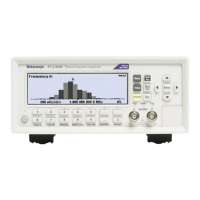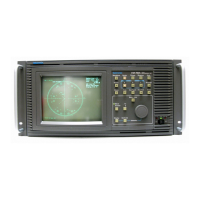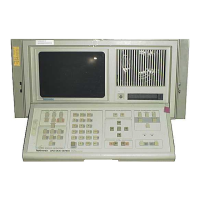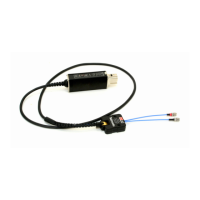The limit operation of the instrument changes dependent on the source mode (current or voltage),
load, and the configured limits (current, voltage, and power). It is important to distinguish both the
current and voltage limits from the power limit. As the names imply, the current limit restricts the
current for sourced voltage, and the voltage limit restricts the voltage for a sourced current. The
power limit, however, restricts power by lowering the present limit in effect (voltage or current) as
needed to restrict the SMU from exceeding the specified power limit. For additional details on using
limits, including load considerations when specifying both a current (or a voltage) limit and a power
limit, see “Operating boundaries” in the Series 2600B Reference Manual.
For additional information on limits, refer to “Limit principles” in the Series 2600B Reference Manual.
The only exception to the limit not being exceeded is the voltage limit when operating as a current
source. To avoid excessive and potentially destructive currents from flowing, the voltage limit
sources or sinks up to 102 mA for current source ranges on or below 100 mA. For ranges 1 A and
above, the maximum current allowed is the current source setting.

